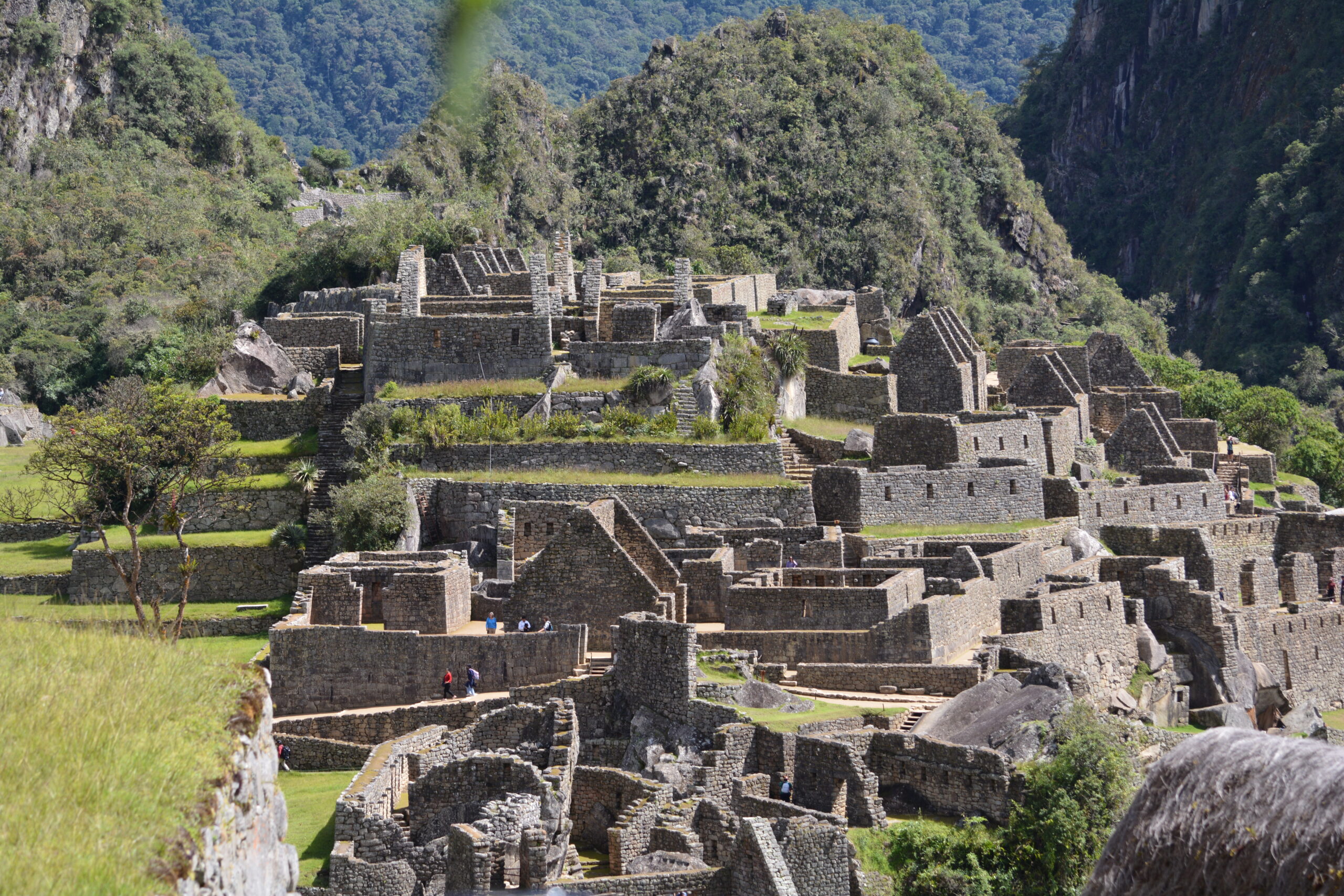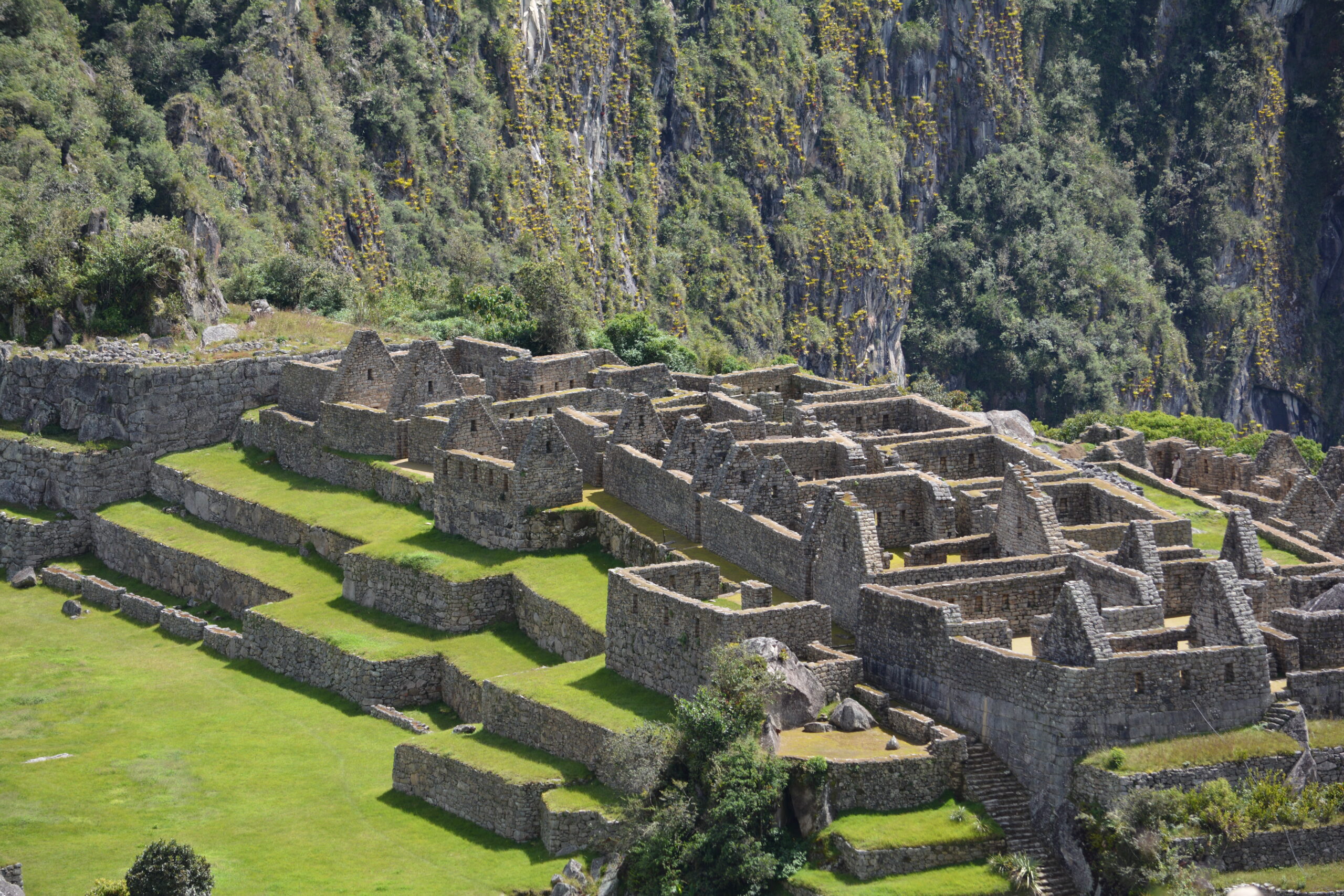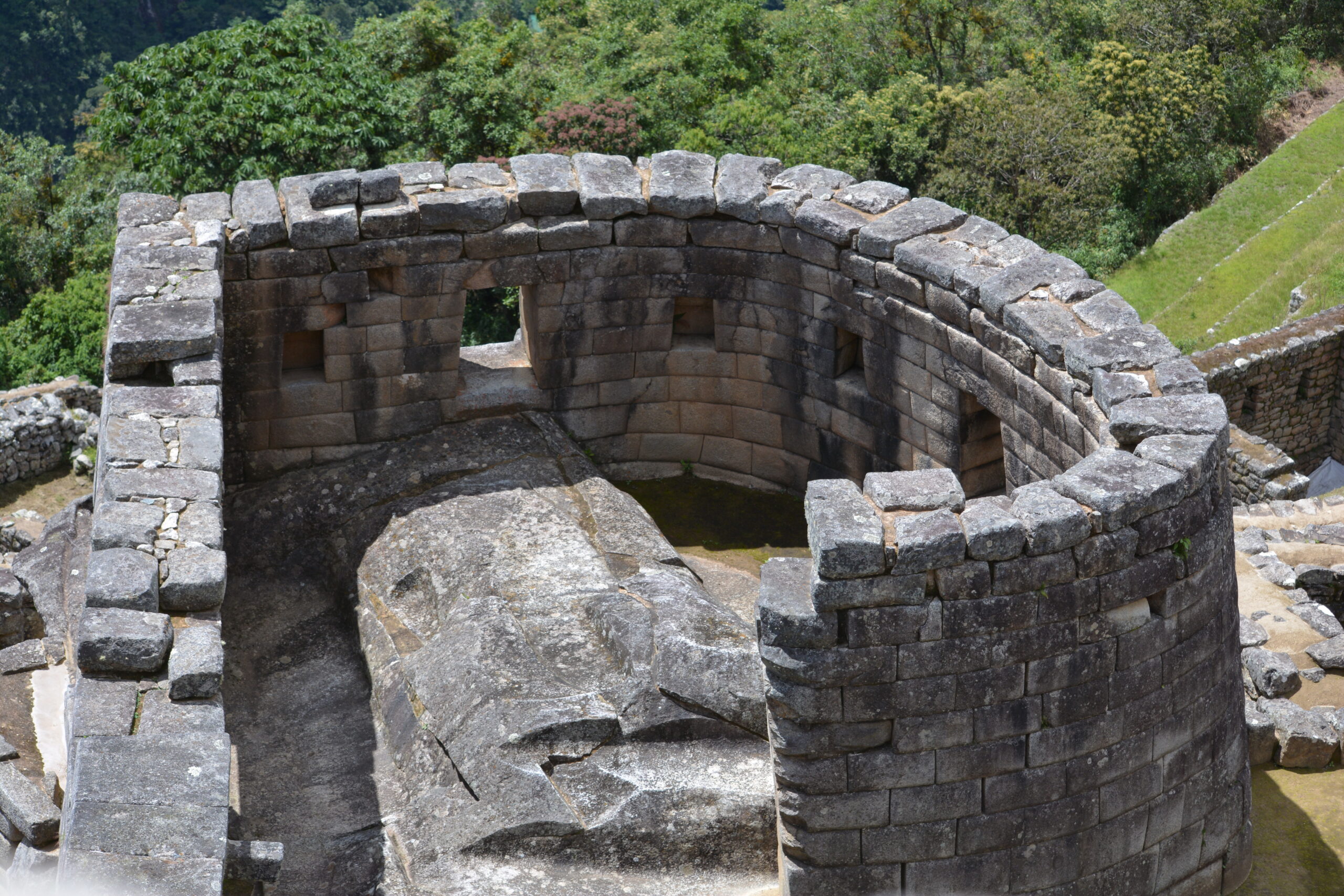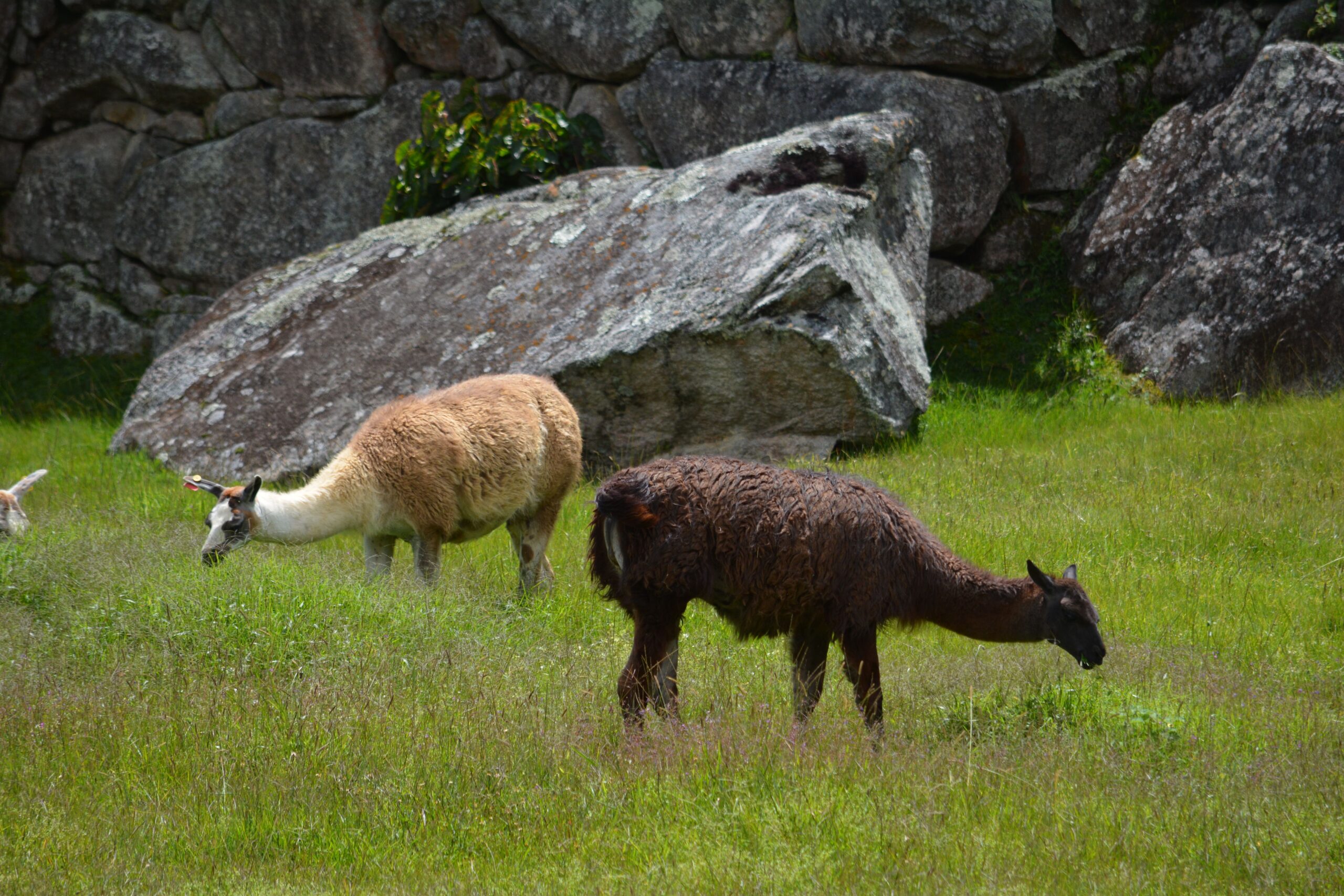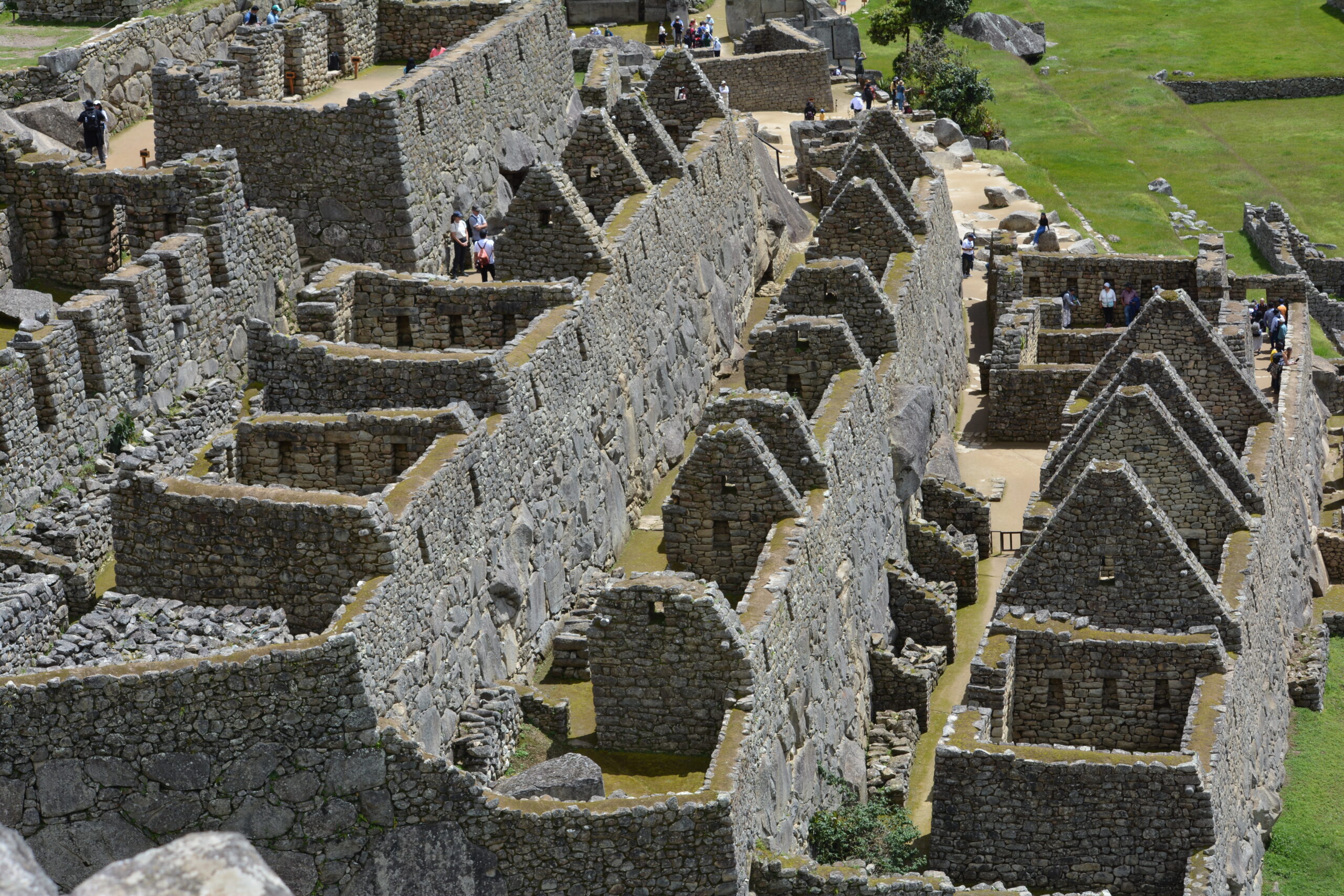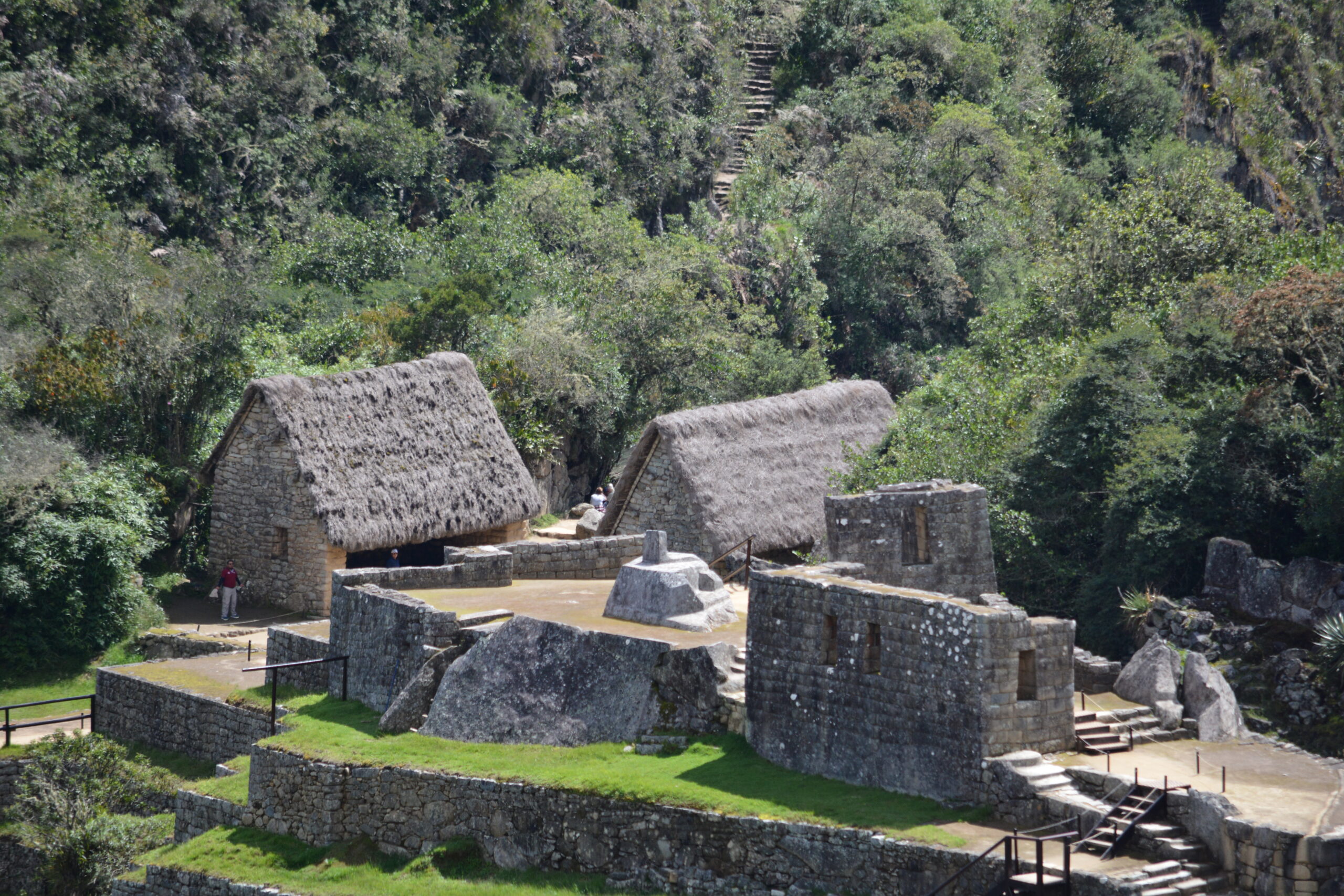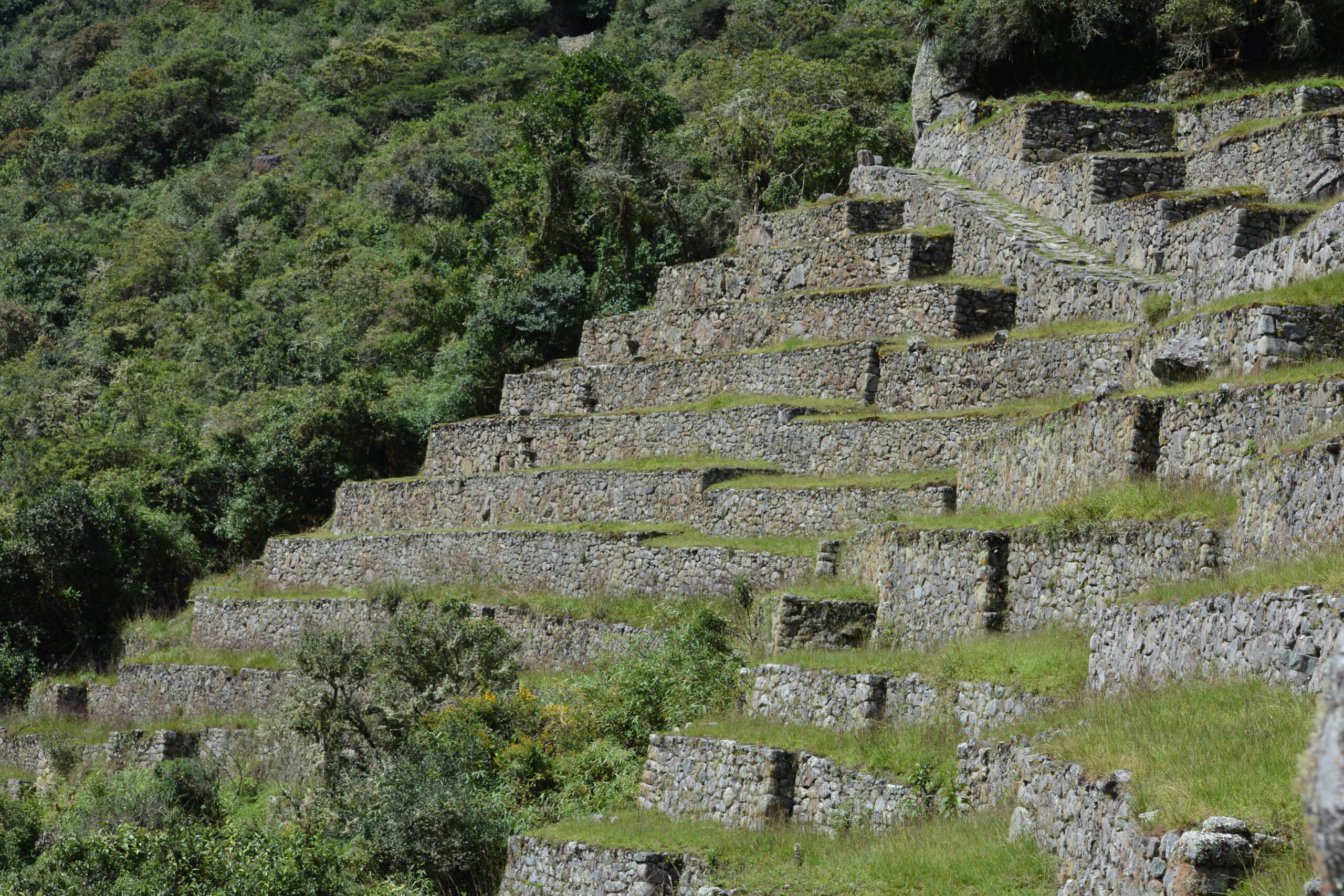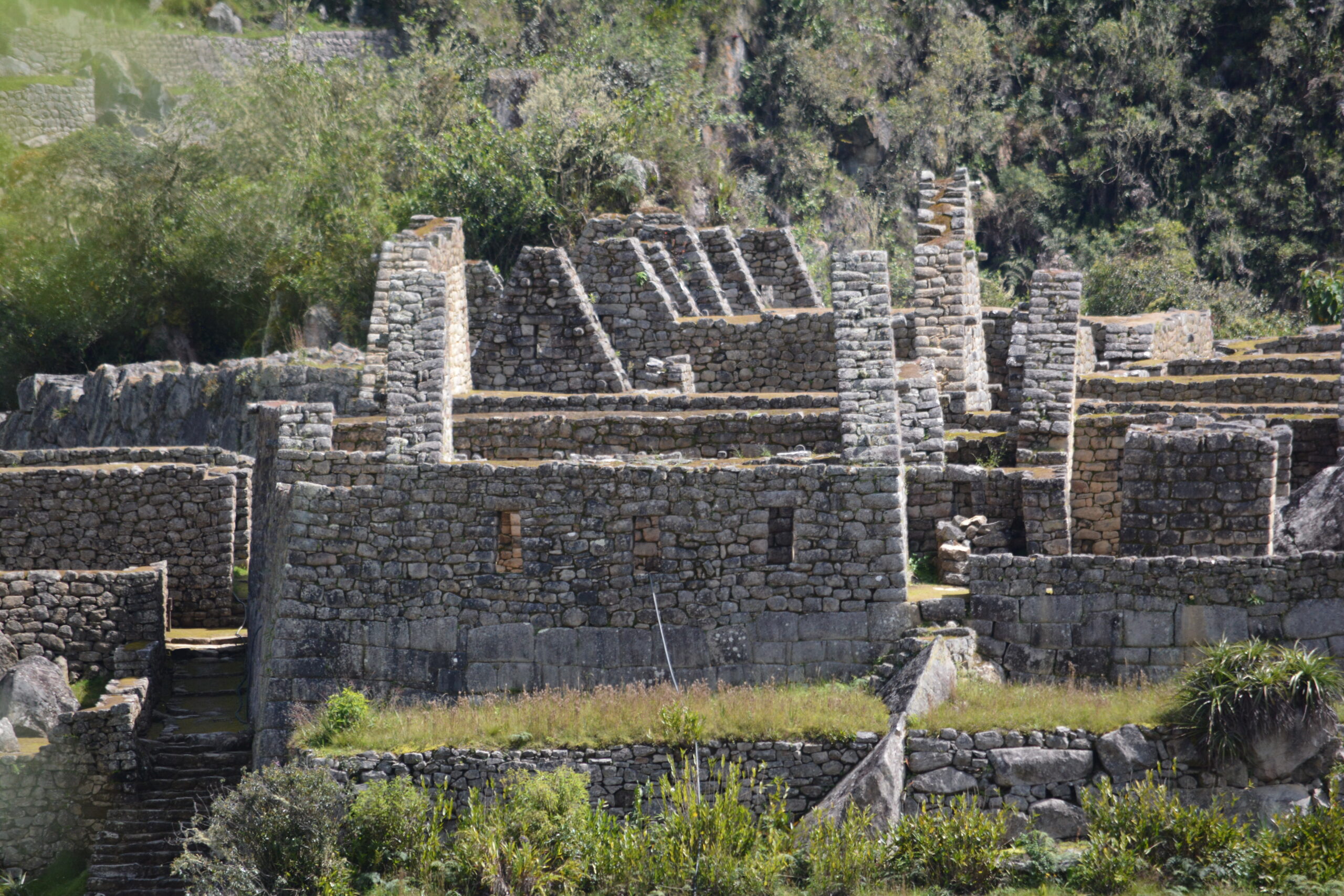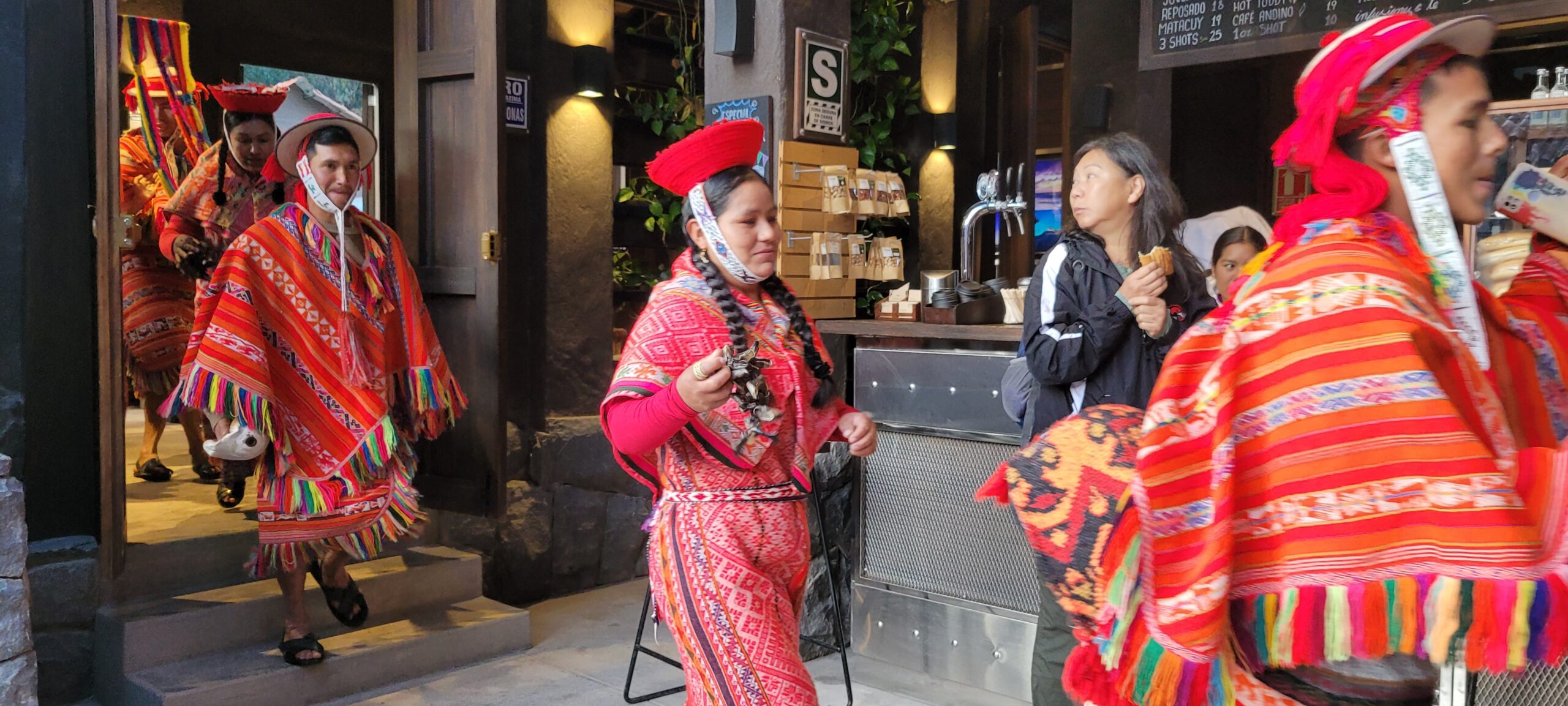The Inca citadel of Machu Picchu is situated in Peru’s Andes Mountains. Millions of people visit it every year and it is widely recognized as one of the most magnificent archaeological sites in the world.
Midway through the mid-1400s, when the Inca ruler Pachacuti ruled, the site was constructed. Around 100 years later, during the Spanish invasion of South America, it was abandoned. Although the exact cause of the site’s abandonment is unknown, it is thought that a number of circumstances, including sickness, civil upheaval, and the entrance of the Spanish, may have contributed.
Midway through the mid-1400s, when the Inca ruler Pachacuti ruled, the site was constructed. Around 100 years later, during the Spanish invasion of South America, it was abandoned. Although the exact cause of the site’s abandonment is unknown, it is thought that a number of circumstances, including sickness, civil upheaval, and the entrance of the Spanish, may have contributed.
Hiram Bingham, an American explorer, made the discovery of Machu Picchu in 1911, and since then, it has grown to be one of the most well-liked tourist sites in the world. There were other explorers that knew of the existence of this treasure however Hiram is the one credited with spotlighting the city. We took an uphill stroll around the site, taking in the breathtaking vistas of the mountains and valleys nearby and awe-inspiring the Inca architecture and engineering.
Machu Picchu is a symbol of the flexibility and resiliency of human civilization as well as a monument to the ingenuity and skill of the Inca people. The location has remained surprisingly well-preserved despite being deserted for decades, and visitors from all over the world continue to be inspired by and fascinated by it. If you get the chance, you should go to Machu Picchu.
How to get there:
We took a bus at 5am to bring us to the Inca rail train station. The van ride is about an hour and 1/2. We waited for approximately 20 minutes before the procession dance leads guests to the train. In Andean culture there are many dance ceremonies to include the Huayno, the Marinera, the Tinku, and the Carnaval de Cusco. These dances often incorporate elements of traditional Andean dress, music, and instruments such as the charango (a small Andean guitar) and the quena (an Andean flute). Our dance to the train included a conch shell used as a musical instrument.
The train ride is about 2 hours. The train stops at Aguas Calientes which is a quaint town hosting the last stop before Machu Picchu.
From there you can take a bus for 12.00 USD each way up the mountain or you can hike which takes 2-3 hours to scale the side of the mountain. The process is reversed and we arrived back at Cusco around 11pm. The entire process is a full day.

